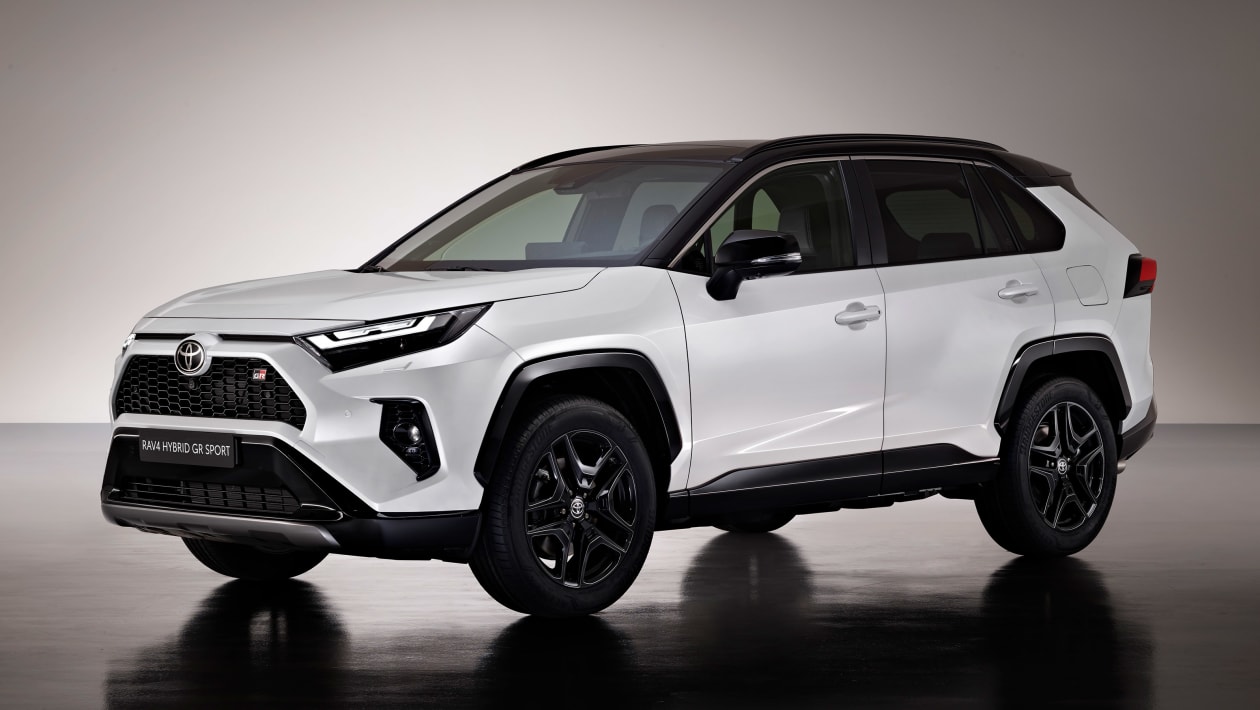Toyota RAV4 Review: Evolution and Specs
- Λήψη συνδέσμου
- X
- Ηλεκτρονικό ταχυδρομείο
- Άλλες εφαρμογές
Toyota RAV4 Review: Evolution and Specs
The Toyota RAV4 has long been a prominent name in the compact SUV category. First introduced in the mid-1990s, the RAV4 has evolved significantly, both in design and performance, making it one of the best-selling vehicles in Toyota's lineup. From its humble beginnings as a quirky, compact SUV to its modern-day incarnation with a sophisticated, tech-laden, and hybrid option, the RAV4 has carved out a large following among car buyers who prioritize practicality, reliability, and versatility.
Generational Evolution
First Generation (1994 - 2000)
-
Introduction: The Toyota RAV4 debuted in 1994 as one of the first small crossover SUVs. It was originally available as a two-door model, but quickly expanded to four-door versions due to demand.
-
Design: Compact and agile, the first-gen RAV4 was designed to appeal to younger drivers looking for a blend of car-like driving dynamics with SUV utility.
-
Performance: The first RAV4 came with a 2.0L 4-cylinder engine that delivered 120 horsepower. It was available in both front-wheel drive (FWD) and all-wheel drive (AWD).
-
Features: Despite its small size, the RAV4 offered decent cargo space and higher ground clearance compared to traditional sedans. It was considered one of the pioneers of the compact SUV segment.
Second Generation (2000 - 2005)
-
Introduction: The RAV4's second iteration was launched in 2000, and it marked a significant upgrade in terms of design, safety features, and overall quality.
-
Design: It became larger and more refined, with a sharper, more aerodynamic design. The rear-wheel drive layout was dropped in favor of a more conventional front-wheel drive, and it offered better comfort and ride quality.
-
Performance: Powertrains included a 2.0L or 2.4L 4-cylinder engine (depending on the region) producing 148-160 horsepower, paired with either a 5-speed manual or 4-speed automatic transmission.
-
Features: Key improvements included better interior materials, improved safety features, and the availability of an AWD system. The second-gen RAV4 was also the first to offer a third-row seat, though it was more of a novelty.
Third Generation (2006 - 2012)
-
Introduction: The third-generation RAV4 debuted in 2006 and marked another leap forward in terms of size and performance.
-
Design: The body grew larger, and the design became more aggressive and SUV-like, featuring a boxier profile and a more substantial front end.
-
Performance: The RAV4 was powered by a 2.4L 4-cylinder engine producing 166 horsepower and, for the first time, offered an available 3.5L V6 engine with 269 horsepower. The V6 was a standout, offering impressive power and towing capacity for a compact SUV.
-
Features: The third-gen RAV4 included features such as optional leather upholstery, a premium sound system, a large touchscreen, and Bluetooth connectivity. It also offered improved cargo capacity and was praised for its solid build quality.
Fourth Generation (2013 - 2018)
-
Introduction: In 2013, Toyota introduced the fourth generation, and the RAV4 was once again redesigned with a focus on efficiency and modern technology.
-
Design: The design was sleeker and more aerodynamic, with sharper lines, a more sculpted body, and a more modern front grille. The bulky exterior of the previous generation was toned down.
-
Performance: The standard engine was a 2.5L 4-cylinder that produced 176 horsepower, while the AWD system was more refined and efficient. Toyota also offered a more fuel-efficient 6-speed automatic transmission.
-
Features: The fourth-gen RAV4 saw the introduction of standard features like a touchscreen infotainment system, a rearview camera, and a suite of safety technologies like Toyota’s Safety Sense package (available on certain trims). This generation also saw the RAV4 shift toward better fuel economy and lower emissions.
Fifth Generation (2019 - Present)
-
Introduction: The fifth-gen RAV4, introduced in 2019, represents the current iteration, and it includes the latest technology, improved safety features, and new powertrains, including a hybrid and plug-in hybrid option.
-
Design: The new RAV4 features a more rugged and muscular design, with a larger front grille, squared-off wheel arches, and a higher ride height. It also comes in a variety of trims, including the more adventure-oriented RAV4 TRD Off-Road and the sportier RAV4 XSE.
-
Performance: Engine options include a 2.5L 4-cylinder engine that produces 203 horsepower and comes paired with an 8-speed automatic transmission. A hybrid variant, producing 219 horsepower, and a plug-in hybrid option (RAV4 Prime) with 302 horsepower, deliver excellent fuel efficiency and performance.
-
Features: The 2023 RAV4 includes Toyota’s Safety Sense 2.0 package as standard across all trims, which includes advanced safety features like adaptive cruise control, lane departure warning, automatic high beams, and pedestrian detection. The infotainment system includes Apple CarPlay, Android Auto, and an optional larger 9-inch touchscreen. Wireless charging, a JBL audio system, and a digital rearview mirror are also available.
Conclusion
The Toyota RAV4 has evolved from a small, quirky SUV into a well-rounded, versatile, and highly competitive player in the compact SUV market. Whether you’re looking for a budget- friendly gasoline model, an efficient hybrid, or a powerful plug-in hybrid, the RAV4 offers something for every kind of driver. Its combination of reliability, safety, fuel efficiency, and practicality makes it a top choice for anyone in the market for a compact SUV.
- Λήψη συνδέσμου
- X
- Ηλεκτρονικό ταχυδρομείο
- Άλλες εφαρμογές




Σχόλια
Δημοσίευση σχολίου